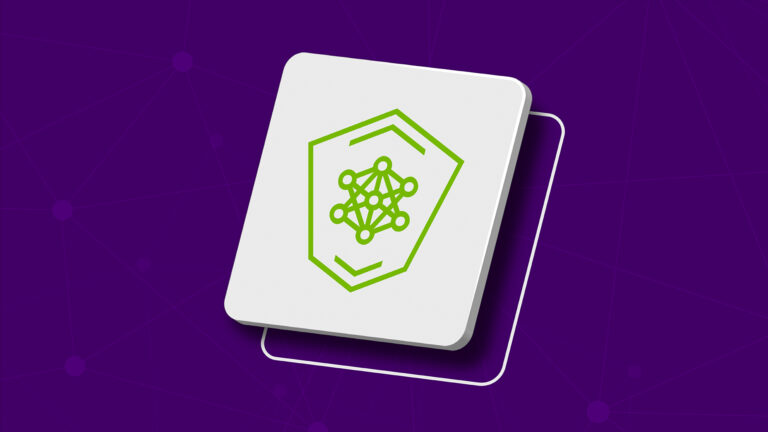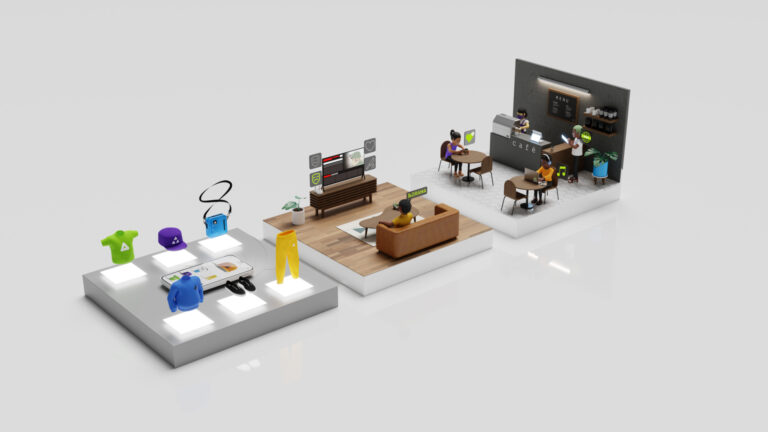Weather forecasters in Taiwan had their hair blown back when they saw a typhoon up close, created on a computer that slashed the time and energy needed for the job. It’s a reaction that users in many fields are feeling as generative AI shows them how new levels of performance contribute to reductions in total
Read Article
 Real-time AI at the edge is crucial for medical, industrial, and scientific computing because these mission-critical applications require immediate data…
Real-time AI at the edge is crucial for medical, industrial, and scientific computing because these mission-critical applications require immediate data…
Real-time AI at the edge is crucial for medical, industrial, and scientific computing because these mission-critical applications require immediate data processing, low latency, and high reliability to ensure timely and accurate decision-making. The challenges involve not only high-bandwidth sensor processing and AI computation on the hardware platform but also the need for enterprise-level AI…
 An easily deployable reference architecture can help developers get to production faster with custom LLM use cases. LangChain Templates are a new way of…
An easily deployable reference architecture can help developers get to production faster with custom LLM use cases. LangChain Templates are a new way of…
An easily deployable reference architecture can help developers get to production faster with custom LLM use cases. LangChain Templates are a new way of creating, sharing, maintaining, downloading, and customizing LLM-based agents and chains. The process is straightforward. You create an application project with directories for chains, identify the template you want to work with…
Explainer: What Is a Recommendation System?
 A recommendation system (or recommender system) is a class of machine learning that uses data to help predict, narrow down, and find what people are looking for…
A recommendation system (or recommender system) is a class of machine learning that uses data to help predict, narrow down, and find what people are looking for…
A recommendation system (or recommender system) is a class of machine learning that uses data to help predict, narrow down, and find what people are looking for among an exponentially growing number of options.
After the 2008 financial crisis and increased risk-management regulations that followed, Pierre Spatz anticipated banks would focus on reducing computing expenses. As head of quantitative research at Murex, a trading and risk management software company based in Paris, Spatz adopted NVIDIA’s CUDA and GPU-accelerated computing, aiming for top performance and energy efficiency. Always seeking the
Read Article
 Experience the advanced LLM API for code generation, completion, mathematical reasoning, and instruction following with free cloud credits.
Experience the advanced LLM API for code generation, completion, mathematical reasoning, and instruction following with free cloud credits.
Experience the advanced LLM API for code generation, completion, mathematical reasoning, and instruction following with free cloud credits.
 Over 1.2B people are actively learning new languages, with over 500M learners on digital learning platforms such as Duolingo. At the same time, a significant…
Over 1.2B people are actively learning new languages, with over 500M learners on digital learning platforms such as Duolingo. At the same time, a significant…
Over 1.2B people are actively learning new languages, with over 500M learners on digital learning platforms such as Duolingo. At the same time, a significant portion of the global population, including 73% of Gen-Z, experiences feelings of disconnection and unhappiness, often exacerbated by social media. This highlights a unique dichotomy: People are hungry for personalized learning…
NVIDIA has introduced a self-paced course, called AI Infrastructure and Operations Fundamentals, to provide enterprise professionals with essential training on the infrastructure and operational aspects of AI and accelerated computing. From enhancing speech recognition systems to powering self-driving cars, AI is transforming everyday life. The new course explains how to deploy and manage scalable infrastructure
Read Article
World of Warcraft comes to the cloud this week, part of the 17 games joining the GeForce NOW library, with seven available to stream this week. Plus, it’s time to get rewarded. Get a free in-game mount in Elder Scrolls Online starting today by opting into GeForce NOW’s Rewards program. Heroes Rise to the Cloud
Read Article
 Ready to move your pilot to production? Get an expert overview on how to deploy generative AI applications.
Ready to move your pilot to production? Get an expert overview on how to deploy generative AI applications.
Ready to move your pilot to production? Get an expert overview on how to deploy generative AI applications.
